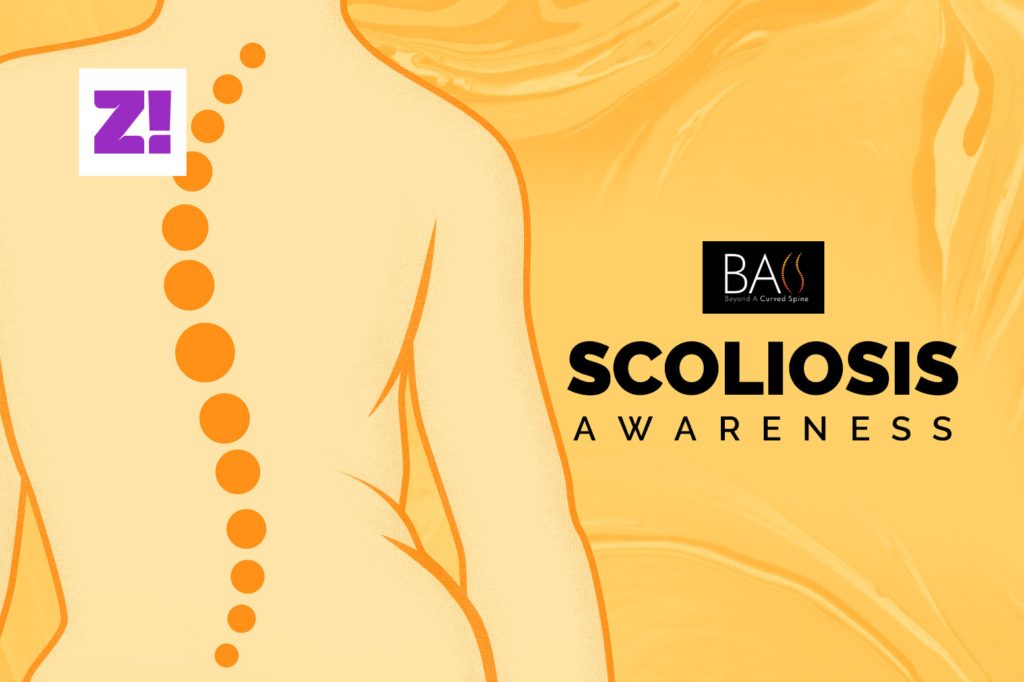In his eight years as a spine surgeon, Dr Mutahleeb Shobode has seen it all — from babies born with scoliosis to adolescents and adults who develop the condition over time. And one thing he’s noticed is Nigerians would rather waste time looking for who to blame than finding an immediate solution.
What exactly do you do?
I’m a consultant spine and arthroplasty surgeon specialising in spine deformity correction. I’ve been doing this for about eight years now, with five years dedicated to scoliosis and kyphosis.
What are those?
While scoliosis involves a sideways bend in the spine, kyphosis is quite the opposite. It’s a forward-to-backwards bend of the spine like you see in hunchbacks. Trauma, accident and diseases such as tuberculosis can lead to different deformities in your spine.
What part of the spine does scoliosis affect?
The curve could be in the upper, middle or lower back. Or everywhere at once.
How do you know you have scoliosis?
In most situations, friends and family of the patient usually notice the physical changes. A sideways bend of the back, hip bone sticking out or bump on the back, among other things.
But what are the causes?
The most common scoliosis cases in the world are idiopathic — that is, there’s no known cause. Even though it affects infants, adolescents and adults alike, it’s most prominent in people aged 10-18.
Is there a cure?
Yes, and it’s surgery. Let me add that exercise, yoga, physiotherapy, or drugs can’t cure scoliosis, nor can they stop the progression. Their only function is to help you deal with the pain that comes with it.
Oh wow. What about braces?
After a “bracing in adolescent scoliosis” trial was done in the UK, they noticed bracing worked on patients who were still growing. It helped delay the curve and assist in correcting the spine. But for adults way past puberty, the back brace has no use.
Okay. What type of surgery is needed?
A spinal fusion surgery. The curved bones of the spine are fused together in order to heal into a solid bone. The fusion usually involves using some type of bone material, referred to as bone graft.
Are there risks involved in surgery?
Of course, just like with every other surgery. Sometimes, there’s bleeding, allergic reaction to the anaesthesia and infections. But these are very rare instances. It’s like aeroplanes. Millions of people fly all the time. Even though there’s a possibility of a plane crash, it isn’t common.
Fair enough. Does age have anything to do with the risks?
Risks are not dependent on age but rather on the severity of the curve. So even though 45-50 degrees is the average determinant for surgery, if I see a 12-year-old who hasn’t started menstruation but already has a 40-degree curve, I’d recommend surgery. Because after puberty, the curve will grow rapidly.
Who’s the youngest patient you’ve had to perform surgery on?
A three-year-old baby girl. Her curve magnitude was 45 degrees, and her condition was congenital scoliosis — she was born with it.
Are there other types?
Oh yes. There are the congenital and neuromuscular types. Congenital scoliosis occurs during organogenesis — when the child’s organs are forming, and there’s a lack of proper formation of the spine.
From as early as two/three years, the child begins to bend. Because this affects babies in their formation stages, pregnant women are advised to attend antenatal, eat right, exercise, stay away from overcrowded places to avoid contracting viruses and avoid taking unprescribed drugs.
What about neuromuscular scoliosis?
You may have a heart, kidney or genitalia dysfunction, and scoliosis could be one of the symptoms. The easiest way to control this is through surgery.
What’s the most common misconception people have about scoliosis?
One thing I’ve continuously heard from patients and their families is that it’s a spiritual attack. So instead of finding a solution, they waste time pointing fingers in the wrong direction.
Scoliosis is just a condition. When you start noticing it, see a spine surgeon or orthopaedic doctor so they can measure and monitor your progressions.
How often do you suggest a visit to the doctor?
It would help if you got an x-ray every six months. Your spine grows at a rate of 0.6 degrees a year. With scoliosis, your back may eventually crumble. Regular x-rays will help you monitor and manage it.





